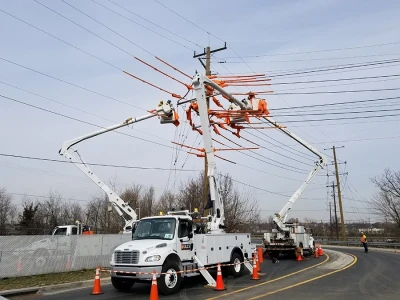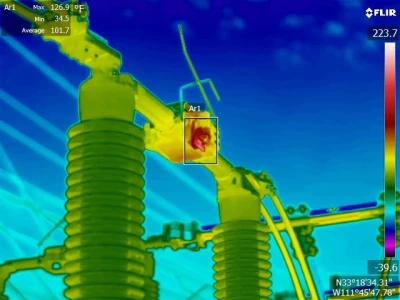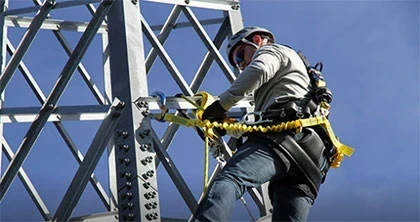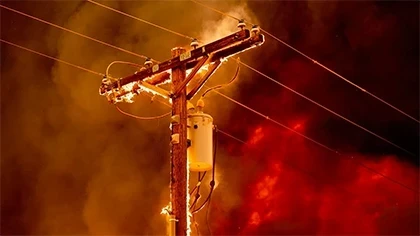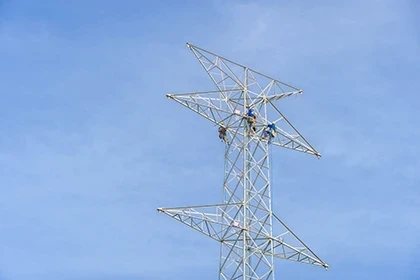Why Moisture-Wicking FR Layering Systems Offer Superior Protection and Comfort

Every layer of apparel you wear on the job, matters. A layering system is designed specifically to work together, layer by layer, to keep you dry, warm, and protected.
But the layers you wear on the job are only as effective as the materials they are manufactured with and their inherent design properties. The inclusion of moisture-wicking fibers, in particular, is a design quality that oil, gas, and utility workers should seek out in all FR/AR apparel.
Moisture-Wicking Fabrics and Technology
Moisture-wicking fabrics were originally created to help boost athletic performance in extreme outdoor situations by keeping athletes drier and cooler in hot conditions and warmer and drier in cold weather. The original moisture-wicking fabrics started with a synthetic fiber, like polyester, and the application of a chemical finish, which allowed moisture to spread. Eventually, the finish would wash out, and the fabric lost its wicking abilities.
These "original" fabrics are still in the marketplace and can be easily identified. Checking the tag on a garment will reveal its blend of fibers. A garment with 100% of any fiber, along with claims of moisture-wicking, identifies the presence of a fabric with a chemical finish that will eventually wash out over time.
What to Look for In FR/AR Garments
As you consider new FR /AR arment options, you should always look for FR/AR apparel constructed with permanent moisture-wicking fabrics. Superior moisture-wicking fabrics combine two types of fibers together: hydrophobic (water-hating) fibers and hydrophilic (water-loving) fibers. A superior moisture-wicking garment will:
- Absorb moisture and sweat with hydrophilic fibers.
- Push moisture and sweat away from the body with hydrophobic fibers.
- Push moisture and sweat through the garment to the outside.
- Spread moisture on the outside of the garment quickly so it can dry fast.
FR garments that wick away moisture better and faster have the ability to stay drier and keep you more comfortable on the job.
As you add and remove layers in cold weather climates, you rely on your FR/AR garments to offer both protection and dryness. As your activity level increases, you shouldn't notice a difference in overall dryness.
Read full article in the Linemen Safety Special Edition 2020.


